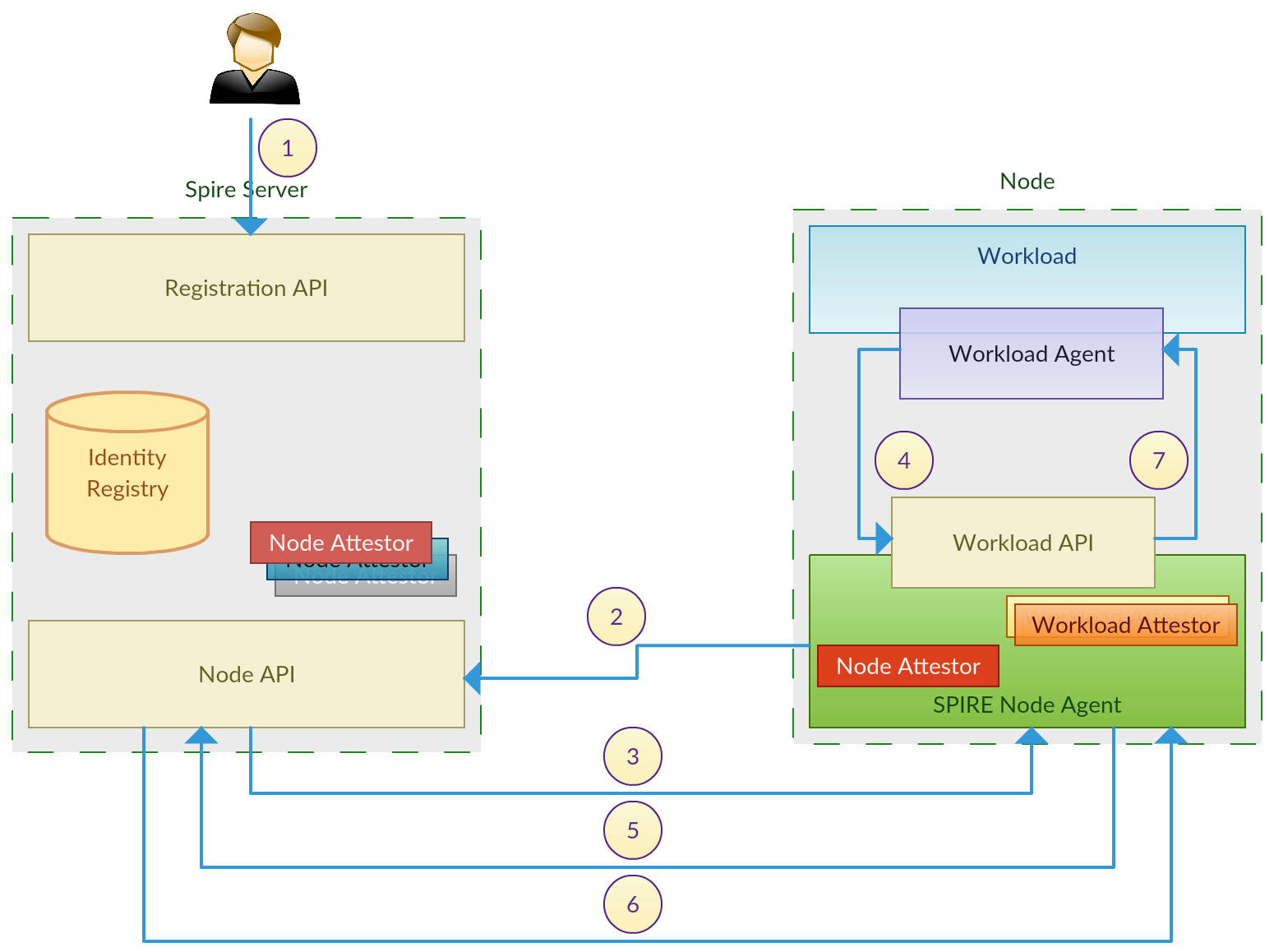JVM Garbage Collection and Optimizations

Overview When troubleshooting systems for performance-related issues, memory optimizations are a place that needs a deep analysis of what each system stores in the memory, how long those are stored, and access patterns. This post is to keep a note on the background information and valuable points to note in such an effort, specific to Java-based implementations as a deep understanding of the JVM behaviors is very beneficial in the process. Java language provides much convenience to the developers by taking care of the memory management to a great extent letting the focus be on the rest of the logic. Still having a good understanding of how Java does this underneath, rationalize several best practices we follow in Java implementations and help design the programs better and think seriously on some aspects that can later lead to memory leaks and system stability in the long run. Java Garbage Collector has a big role in this been responsible for freeing up memory by removing memory ...

